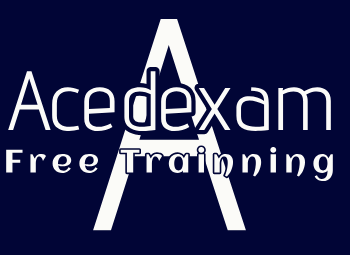Category: Azure Networking
Create an Azure SQL DB – CREATE DATABASE dbName; GO
FIGURE 2.3 The Select SQL Deployment Option blade 2. Select the subscriptions and resource group where you want the database to reside. Enter a database name (I used brainjammer). Under the Server drop‐down box, click the Create New link to create a database server. Enter the server name (I used csharpguitar), and enter a server…
Read MoreComma‐Separated Values – CREATE DATABASE dbName; GO
A comma‐separated values (CSV) file is just that, a CVS file that contains data values separated by commas. Sometimes, the first row in a CVS file identifies the column names: Scenario,Counter,Electrode,THETA,ALPHA,GAMMATikTok,5,AF3,9.681,3.849,0.738TikTok,6,Pz,8.392,4.142,1.106 Loading that file into memory using Python would look something like the following. First you import the CVS library, then open the file and…
Read MoreData File Formats – CREATE DATABASE dbName; GO
Data comes in numerous forms, as stated earlier. The most common types and the types that are important to know about and be comfortable with for the exam are as follows: Let’s take a closer look at each of those formats, beginning with the most common, JSON. JavaScript Object Notation The JavaScript Object Notation (JSON)…
Read MoreTags– Gaining the Azure Data Engineer Associate Certification
When you provision an Azure resource in the Azure portal, one common step is requesting tags (see Figure 1.30). This gives you the option to add a query‐able identifier to the resource. For example, you can mark it as production, test, or development, or perhaps identify a contact person for the given resource. Regardless, this…
Read MorePeering – Gaining the Azure Data Engineer Associate Certification
This is a relatively easy concept to grasp. It means that you can connect two or more VNets together. Resources in VNet A can have access to resources in VNet B. You can make the access between the two VNets the same, or perhaps you wouldn’t want resources in VNet B to have any or…
Read MoreAzure Sentinel – Gaining the Azure Data Engineer Associate Certification
For those responsible for implementing a security solution, Azure Sentinel is the place to start, and it’s helpful to become an expert at it. This product is an industry‐leading security information event management (SIEM) and security orchestration automated response (SOAR) solution. In addition to data collections and analysis capabilities, Azure Sentinel has threat intelligence, detection,…
Read MoreAzure Networking – Gaining the Azure Data Engineer Associate Certification
The networking capabilities in Azure are in most cases abstracted away from customers. The Azure network capabilities that link the Azure resources within a datacenter and between datacenters is owned, operated, and administrated by Microsoft. However, there are some networking products and features that let customers use and configure virtual aspects of the Azure infrastructure…
Read MoreAzure Purview– Gaining the Azure Data Engineer Associate Certification
Use Azure Purview to help manage and govern your data landscape. You can use this tool with on‐premises, SaaS, Azure, and other cloud service providers. Being able to identify sensitive data and where data has come from, and discovering new data sources are all features of Azure Purview. This tool is focused on your data…
Read MoreThe Brainjammer– CREATE DATABASE dbName; GO
If you think about it, without data there really isn’t a need for a computer. It does somewhat depend on your definition of what data is, but consider why we access websites from a computer or open apps on our mobile devices. It is done to consume data in one form or another, like a…
Read MoreScope – Gaining the Azure Data Engineer Associate Certification
The next concept that is important to RBAC is scope. Notice the hierarchical structure illustrated in Figure 1.25. FIGURE 1.25 Role‐based access control scope A management group is the top level, and it can be used to define different departments within a company—for example, IT, Finance, HR, and Accounting. Each of those may be responsible…
Read More
Archives
- August 2024
- July 2024
- June 2024
- May 2024
- April 2024
- March 2024
- February 2024
- January 2024
- December 2023
- November 2023
- October 2023
- September 2023
- July 2023
- May 2023
- April 2023
- March 2023
- February 2023
- January 2023
- December 2022
- November 2022
- October 2022
- September 2022
- May 2022
- April 2022
- February 2022
- January 2022
- December 2021
- October 2021
- September 2021
- August 2021
- June 2021
- May 2021
- April 2021
Contact US



